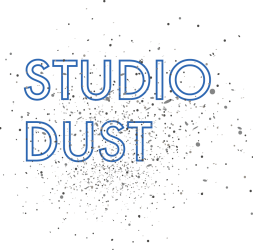<<<PREVIOUS PAGE
1.3 DEFINITIONS
Speculative Design
Within the City Labs designers are engaging in experimenting with alternative perspectives. Speculative design is a term that describes methods that proposes alternative visions. It materializes these visions while not losing the qualities of being still opaque. Speculative design can, therefore, enable divergence between context, beliefs, and methods because it relates to ‘reality’ while giving space to other imaginable possibilities.
The method described in Speculative Everything: Design, Fiction, and Social Dreaming (Dunne and Raby, 2013) reveals how design can serve as “speculation about possible futures; and as a catalyst for change.” (Dunne and Raby, 2013, p.33) Design is a medium that allows one to speculate by posing ‘What if?, and “to be inspirational, infectious, and catalytic, zooming out and stepping back to address values and ethics… blurring distinctions between the ‘real’ real and the ‘unreal’ real.” By doing this through design, it materializes the speculative concepts and “contests ‘official reality’… Design speculations can give form to the multiverse of worlds our world could be.” (Dunne and Raby, 2013, p.159) This definition of speculative design is relevant in the context of this thesis as it defines the blurring situation between an imaginable future and reality itself. City Labs create a canvas for designers to operate in these blurring realities and provides them a materialized situation to act upon ecological issues. Designers can use speculative design to make the ” invisible substance” (Nicolescu, 1994, p.6) tangible, this allows envisioning a possible future.
<<<PREVIOUS PAGE
